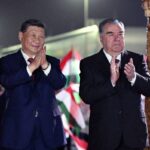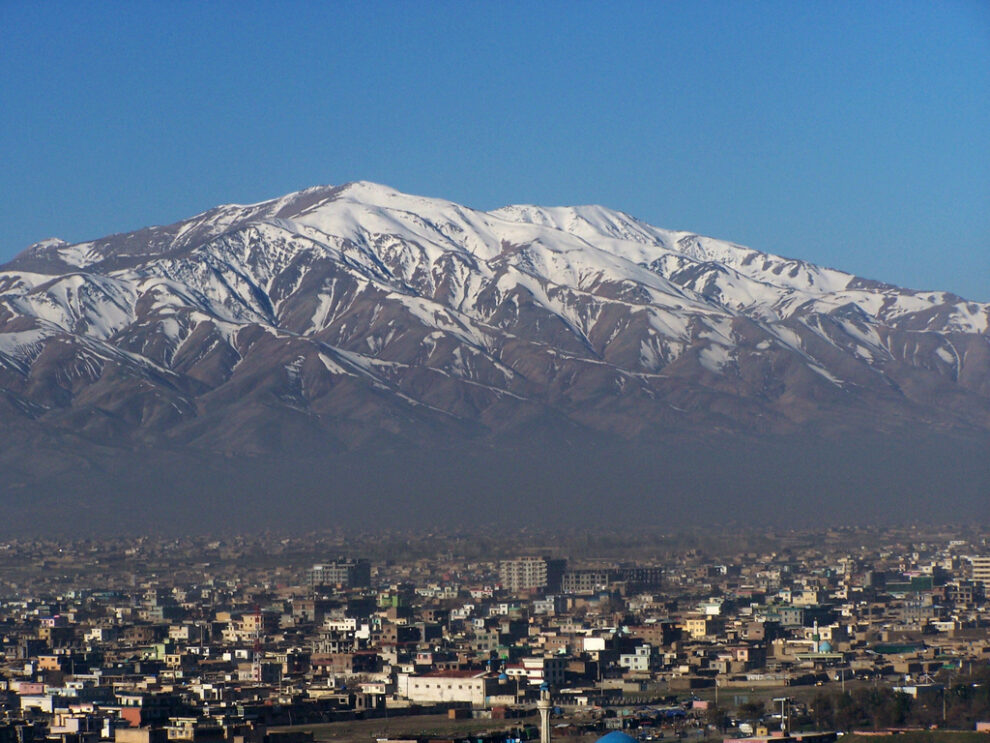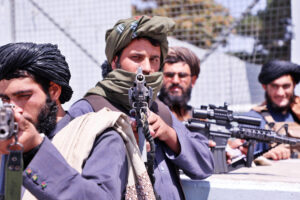September 2011
Kabul, Afghanistan
Afghanistan
Afghanistan (652,230 sq. km.) is slightly smaller than the state of Texas. It has a climate that is arid to semiarid, with cold winters and hot summers. Its terrain is mostly rugged mountains with plains in the north and southwest. Natural resources of Afghanistan include: natural gas, petroleum, coal, copper, chromite, talc, barites, sulfur, lead, zinc, iron ore, salt, precious and semiprecious stones. The major cities in Afghanistan are: Kabul, Kandahar, Herat, Mazar-e-Sharif, Jalalabad, Konduz.
Kabul (pronounced KAH−bool) is the capital city of Afghanistan. In 2009 it had an estimated population of 3.573 million people. At an elevation of 5,895 ft/1,797 m., it is Afghanistan’s largest city, as well as its economic and cultural center. Strategically located in a high narrow valley, Kabul is wedged between mountain ranges that command the main approaches to the Khyber Pass. Kabul’s old section, with its narrow, crooked streets, contains extensive bazaars; the modern section has administrative and commercial buildings. An educational center, Kabul has a university, numerous colleges, and a museum. The royal palace and an ancient citadel are near the center of the city.
Kabul’s history dates back more than 3,000 years, although the city has been destroyed and rebuilt on several different sites. Conquered by Arabs (7th century), Monguls (16th century), and Persians (18th century). It succeeded Kandahar as capital of Afghanistan in 1773. On December 23, 1979, Soviet armed forces landed at Kabul airport to help bolster an increasingly unpopular Communist government; ten years of devasting conflict ensued. In February 1989, Soviet forces withdrew from the city, and in spring of 1992 Kabul fell to guerrilla armies. On September 26, 1996, the Taliban captured Kabul and assumed control of its administrative apparatus. The Taliban government abandoned the city, which fell to Northern Alliance forces, supported by U.S. airstrikes, on November 13, 2001. An international airport connects Afghanistan with Europe and neighboring countries.
Source: Library of Congress
















